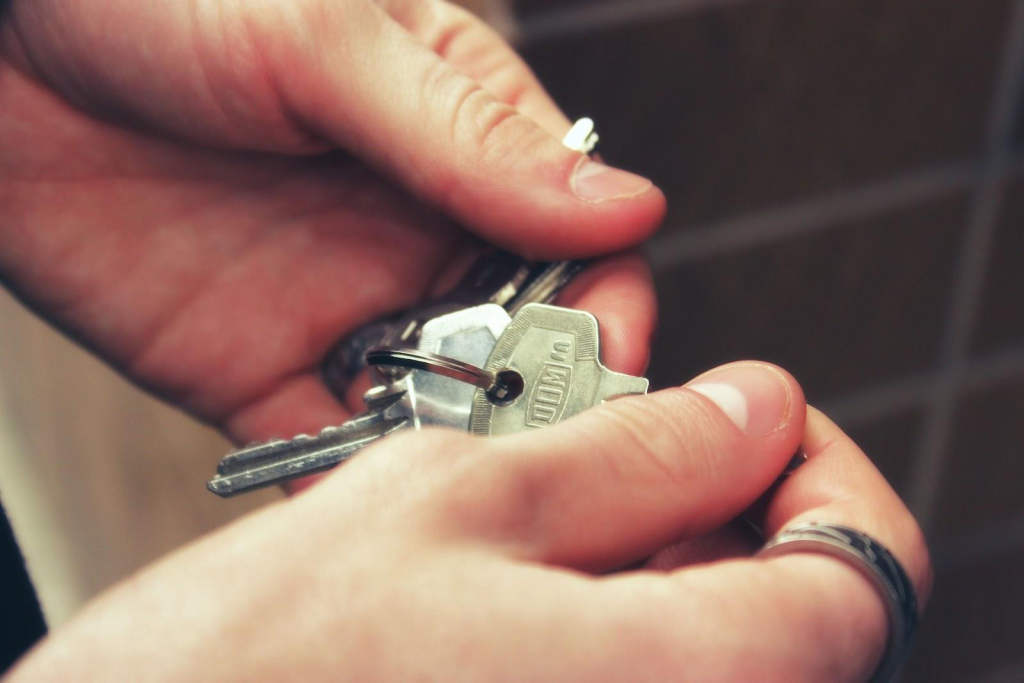Losing a key means to lock some panic in your mind. We would have to hunt for a locksmith to help us out during difficult times in the olden days. But no more worries, you can now make a key the ‘d-i-y way’!
The Process
A key duplicator is a machine that cuts key shapes. Your original key is lined up with the cutting tool (or blade) in a vice on one side of the key machine, and a blank key is placed in a vice on the machine’s alignment tool side.
The alignment tool is a metal piece that is parallel to the blade. Your key duplicator’s essential guide, also known as an alignment bar, ensures that the keys are evenly spaced.
When the key duplicator is turned on, the blade cuts into the blank key using the original as a template as the original and blank keys move horizontally across the machine. The lock technician will next sand the duplicate key for a flawless finish. The result is a replica key that is identical to the original.
How Much Time Does It Take?
A competent locksmith can duplicate a conventional key properly in a matter of a few minutes. It can take up to 25 minutes to duplicate a more difficult key. The length of time it takes to get a key duplicated may be determined by the complicacy of the design or the locksmith.
What If You Want To Make Them On Your Own
Having the keys to your house and other locks replicated by a locksmith might be a hassle. Not to mention how much it would cost to have one made.
You can start this one if you wish to save some money and have time for a hobby. That’s why we keep key organizers or key holders on hand to lessen the risk of misplacing them.
Moving further, here are a few techniques and tricks for making keys without utilizing a key duplicating machine if you have the necessary tools and a lot of patience. With a locksmith-made duplicate key, it would be difficult to tell your work apart.
Using A Manual Key Machine
Key-cutting equipment has become faster and easier to use as locksmith technology has evolved. This is fantastic news for aspiring locksmiths or to just learn it for personal use.
Key-cutting machines work by the ‘copy’ principle. A separate portion of the key copying machine grinds replica teeth into the blank key that is being cut while you trace the teeth of one key with the key-cutting machine.
First and foremost, try to get a blank key that looks comparable to the original. Make sure the teeth on the original key are visible and face upward in the first vice. The blank key should then be placed in the second vice. This is the location of the cutting blade. Make sure both keys are securely fastened and will not move during the cutting procedure.
Make sure the protective cover is closed before turning the machine on
Your machine will automatically detect the speed and angle at which the cutting wheel should be spinning once it is turned on. Simply trace the teeth and grooves of the original key and turn off the machine when you’re finished. Remove any trash with a wire brush and polish any rough edges.
Make sure the key doesn’t have any sharp edges. The last thing you want to do is damage the lock irreversibly by inserting a sharp key into it, especially now that you have two keys in your possession!
Ending the Keynote, compare and contrast the two keys. Is it a match made in heaven? If they are, your key is functional. If you have any reservations about the new key’s outline, re-insert the original key, grab another blank, and attempt creating a more exact key with the same procedure.



